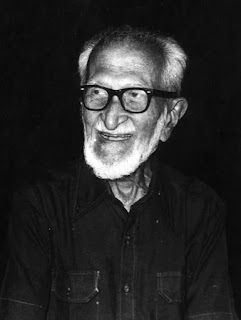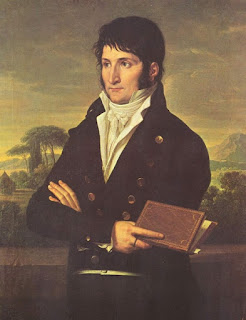On the Wing #42: 2013 Birding Goals
Short second entry this week. I'm always up for a challenge when it comes to birding. Species identification, habitat recognition, and song memorization are all tools of the trade in the science and challenge of birding. This coming year, I'm going for the big 4-0-0. That's right! I made it to 300 in October and with some luck, a lot more of them warblers, and a few good rarities. I spent much of this afternoon compiling a list the likely species I would need to see in order to reach the goal. Thanks to many of the winter finches that have arrived in recent months have helped to pad my life list a little further. I'm now up to 313 and can't wait to get started on this new challenge! I'm also planning a year list starting on the 1st with the first species I see in the new year and throughout. It'll be interesting if I can find many of the new species that I was able to find for my goal this past year. That's all I really wanted to say. Have a fantastic ...











